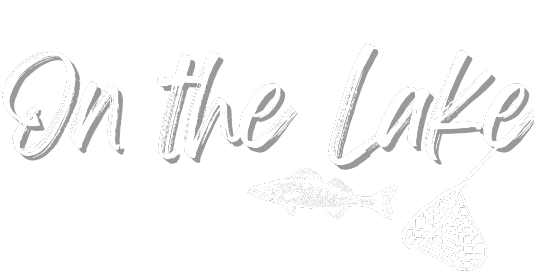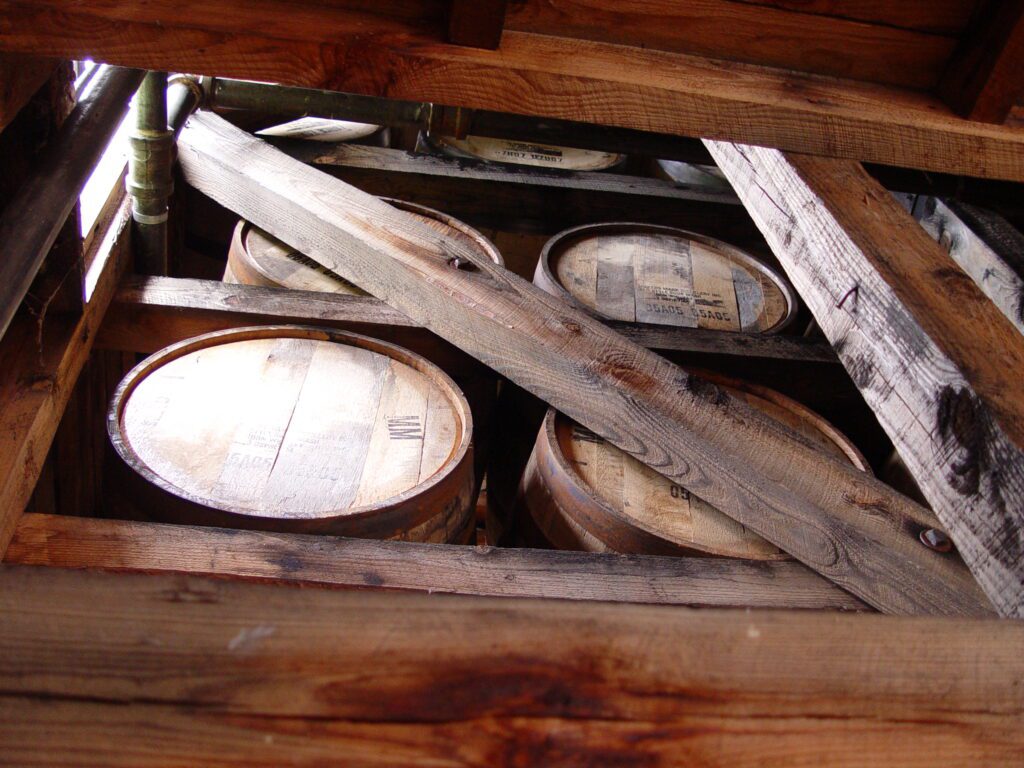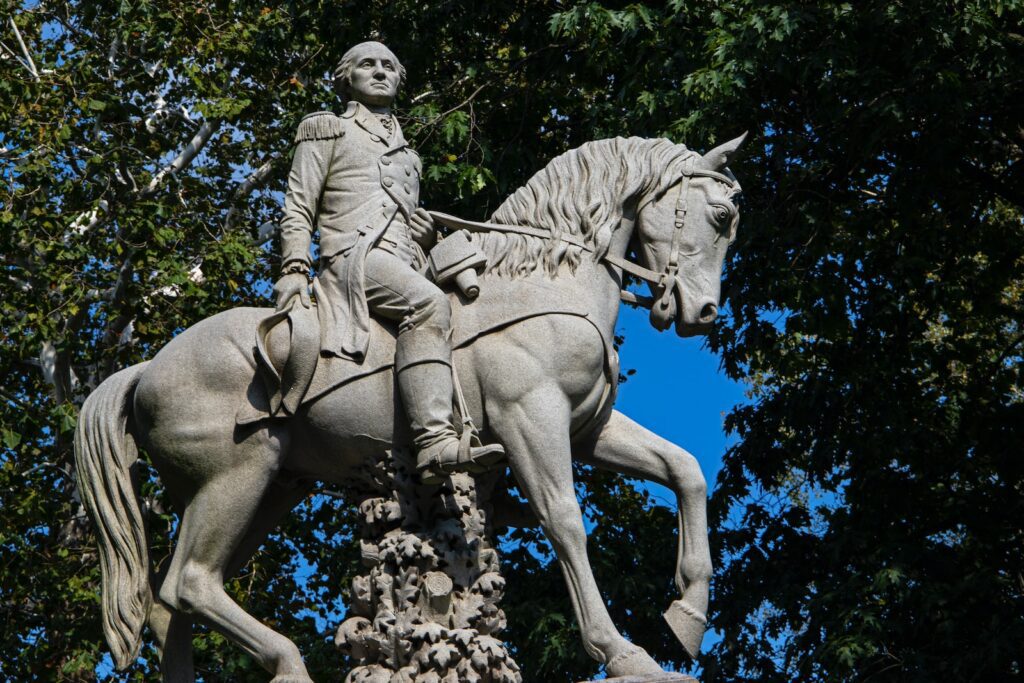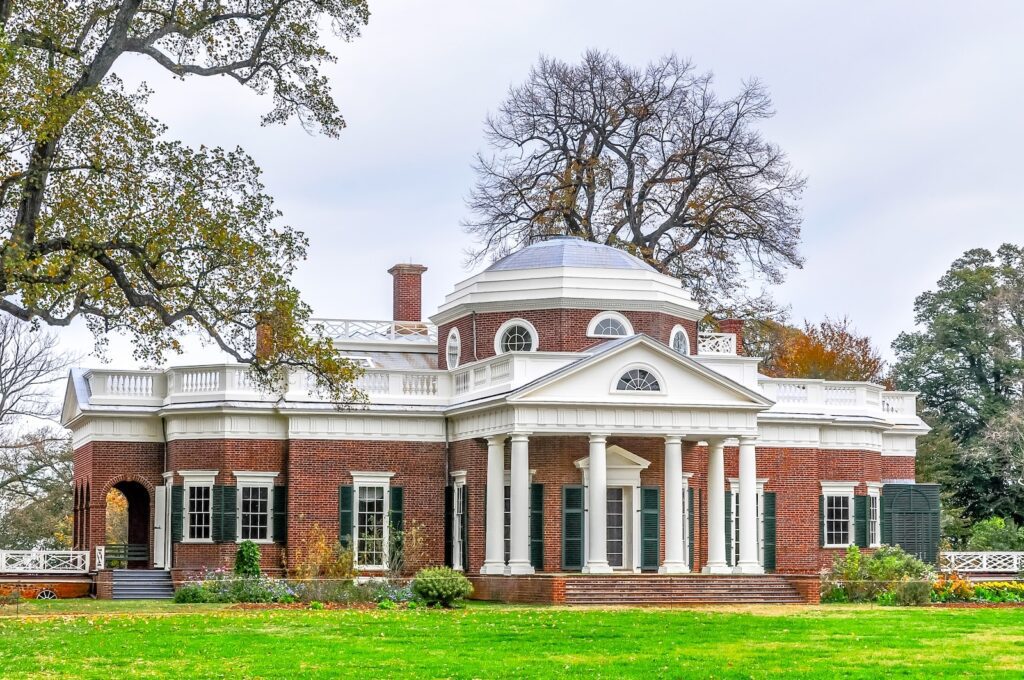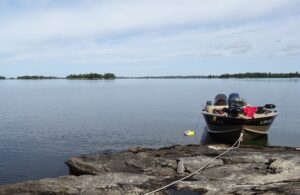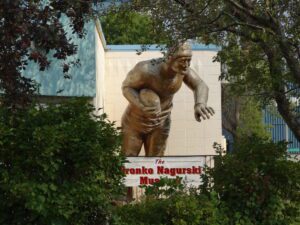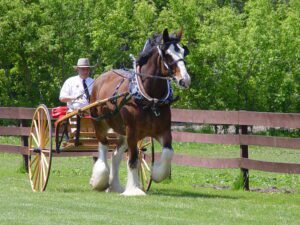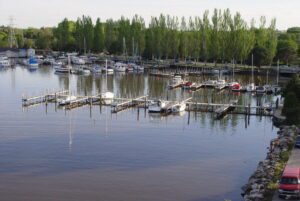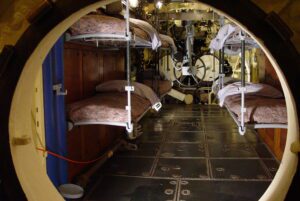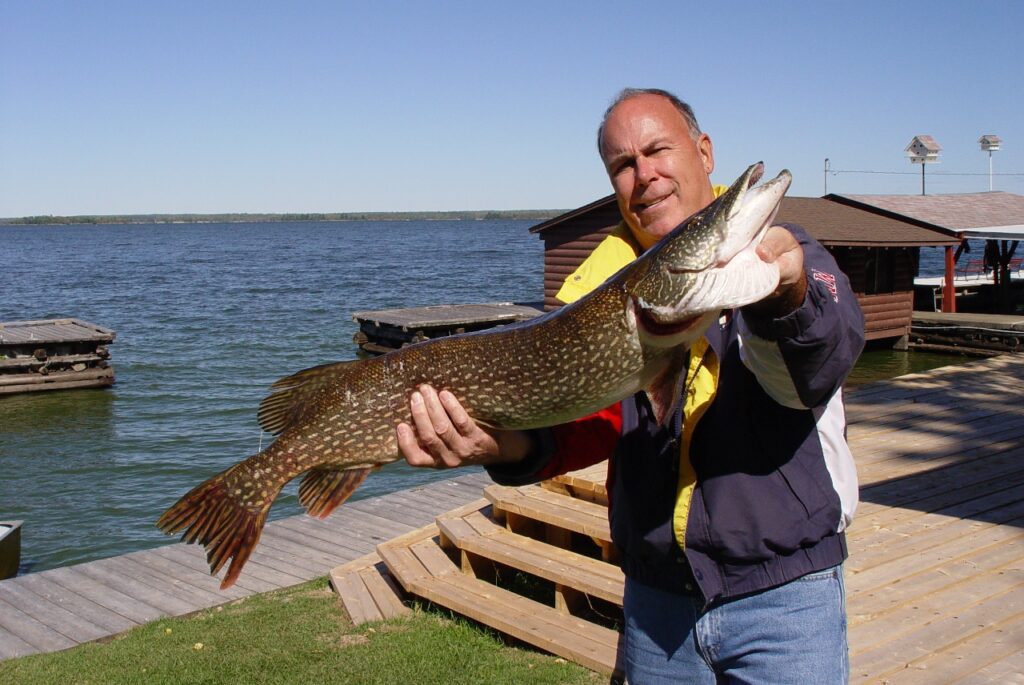Let me begin by telling you that I have been personally responsible for the perpetration of a significant falsehood for many, many years. Not on purpose mind you. I think that I probably made the same mistake as many others who didn’t know the “whole truth” either. Seems as I was always telling people that bourbon wasn’t bourbon unless it came from Bourbon County, Kentucky. Nothing could be further from the truth, although there are a few strands of that gaffe that actually do lend themselves to the truth that follows. My hope is that those I have unintentionally misled will forgive me. And the rest of you? I hope you will enjoy the story, along with your favorite bourbon of course.
(This page may contain affiliate links, which means I may earn a small commission if you click through and make a purchase. You can read our Affiliate Disclosure here.)
What makes Bourbon, Bourbon
I would like to have been around in the latter portion of the 18th century. After all, we had just won our independence from Britain, and the American Frontier was wide open and calling out to us to settle it. Droves of immigrants were headed to America, bringing with them a treasure trove of knowledge. Some of that knowledge involved the process of distillation and distilled spirits.
Immigrant Fathers of Bourbon
Among the many immigrants were Elijah Craig and Dr. James Crow. Price of the boat trip in those days? Four to six months wages, or five years indentured service for many folks who took the trip but couldn’t afford it. Price of the knowledge they brought with them? Impossible to say. Craig, a Baptist minister who settled near Frankfort, Kentucky in 1785, may have been the first to make bourbon. He has often gotten credit for it.
Or it may have been Crow, a physician and chemist, born in Scotland in 1789. He came to Kentucky about 1825. Heck, it might have been Evan Williams, apparently the first commercial distiller around 1783. (Apparently both Craig and Williams got busted for making the stuff without a license.)
Anyway, it kinda depends on the reading material in which you find the story. Ask around and you’ll probably find that few people in Kentucky, even in the distilling industry itself, really know for sure the true explanation. So why does it really matter who was first? There are bourbons named after all three of these men, and many others, too.
The making of whisky (not bourbon) had actually been around in this country for quite a while. It was actually brought to Western Pennsylvania by the Scotch-Irish. Almost everyone seemed to know how to make it. Even George Washington made the stuff! So, when did it get to be so special? And what is the difference between whisky and bourbon anyway?
The Difference – and an Offer by Thomas Jefferson
Hang on. First things first. As a result of the “Whiskey Rebellion” of 1791 to 1794, our government (another early George W. was president then) made a deal with the Scotch-Irish whisky-making settlers, offering incentives to move to Kentucky, which was then a part of Virginia.
The Virginia governor (one Thomas Jefferson) offered settlers in Kentucky sixty acres of land if they would “build a permanent structure and raise ‘native corn’ in exchange”. This was quite an interesting turn of events, since no one could ever use that much corn in a year. Whatever was a pioneer to do with that much corn?? For starters, how about turning it into whisky?
Now it’s a kind of well-known fact that the French and the U.S. were pretty tight right around this time, especially since the French had lent a helping hand during our struggle with the British. French names were often assigned to new settlements and new counties.
Bourbon County, Kentucky
One such county resulting from a part of western Virginia being subdivided was Bourbon County. It was so named for the royalty of The House of Bourbon, the ruling family on the French throne at the time. Unfortunately, the chain of Bourbon monarchy that had begun in 1589 was broken when Louis XVI was executed – beheaded actually – on January 21, 1793. Nevertheless, Kentucky became a state in 1792 and Bourbon was still a county in it.
All of the whisky then being produced in Kentucky from so much excess corn was a perfectly clear distillate. It was a version slightly different from earlier whisky, made from other grains. Much of this “corn whisky” began to be shipped to distant ports, along with rope-making hemp, Kentucky’s other main export. One of those ports was New Orleans, via the Ohio River from the port at Maysville.
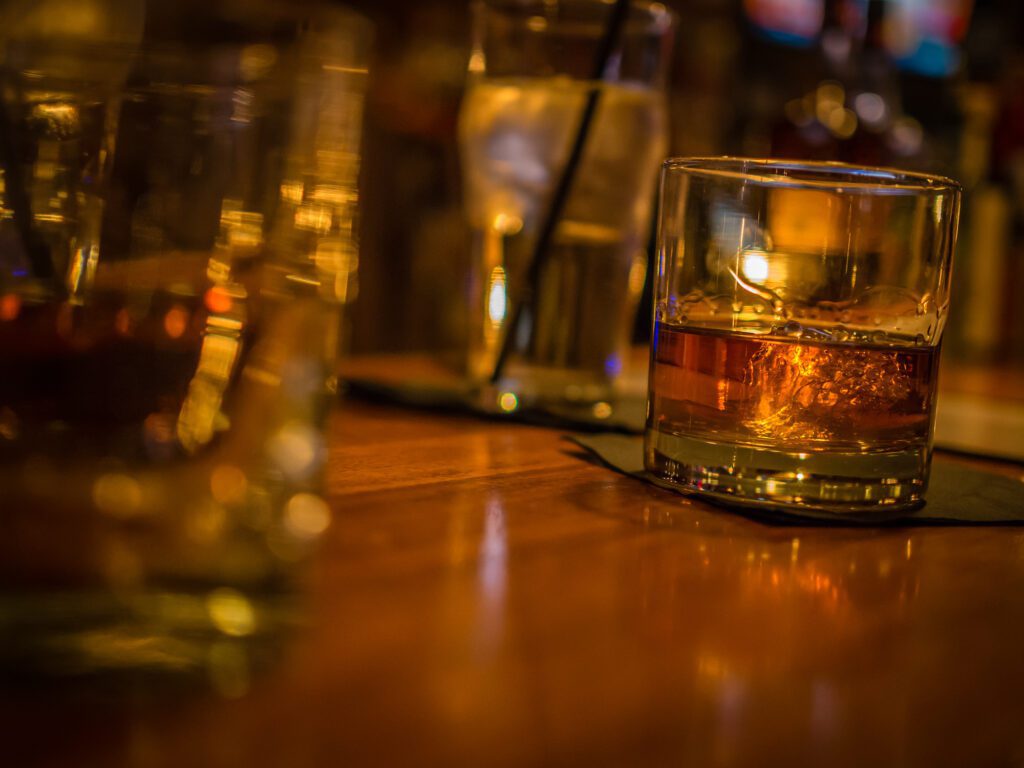
Rev. Elijah Craig & Bourbon Whisky
Now here is where we get back to Reverend Craig. How or why he did it is a moot question at this point. But the good Reverend somehow filled some conveniently charred – and probably slightly used – oak barrels with his whisky from what by this time was referred to as Old Bourbon County. The time it took to get all the way to New Orleans added some very convenient – and tasty – aging to the whisky, along with a delicate amber/caramel color.
It would be difficult to imagine that Craig was the only shipper of the thusly aged whisky… now referred to as “Old Bourbon” Whiskey, and later to be simply called bourbon. The list of those connected with the original distilling of the stuff is long and filled with the names of guys who have products named after them even today. Guys like Jim Beam, George A. Dickel, Jack Daniel, Dr. James C. Crow, Evan Williams, The Pepper Family (Oscar, Elijah & James), Edmund Haynes Taylor and William LaRue Weller, just to name a few…
Bottom Line
However, the bottom line is that the product that folks tasted in New Orleans became quite the hit. Bourbon soon became the drink of choice. Perhaps you can excuse at least a bit of my blunder regarding the “Can’t be bourbon unless it’s from Bourbon County” thing, even if I didn’t know the real story.
